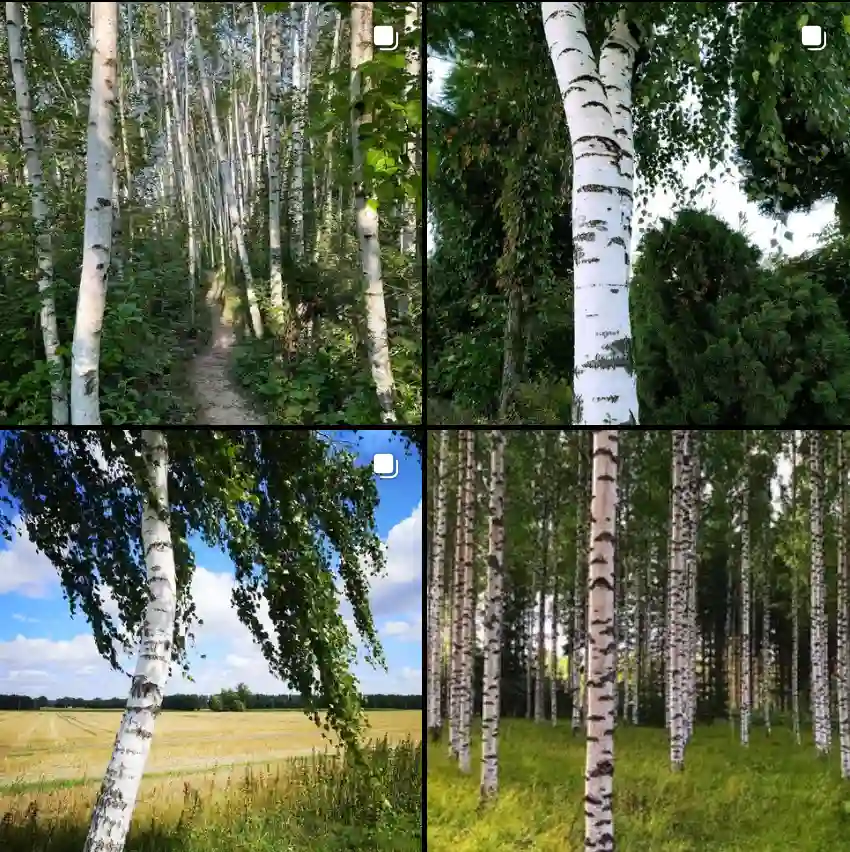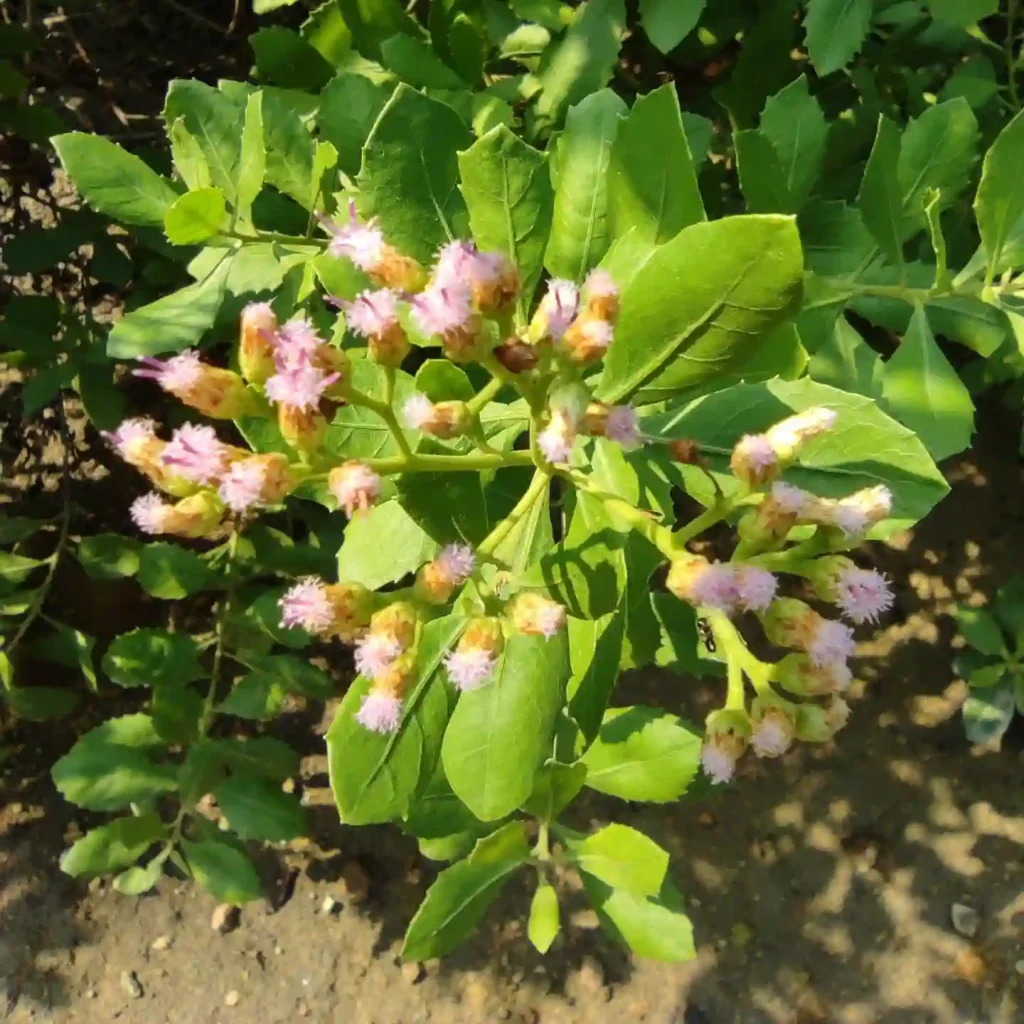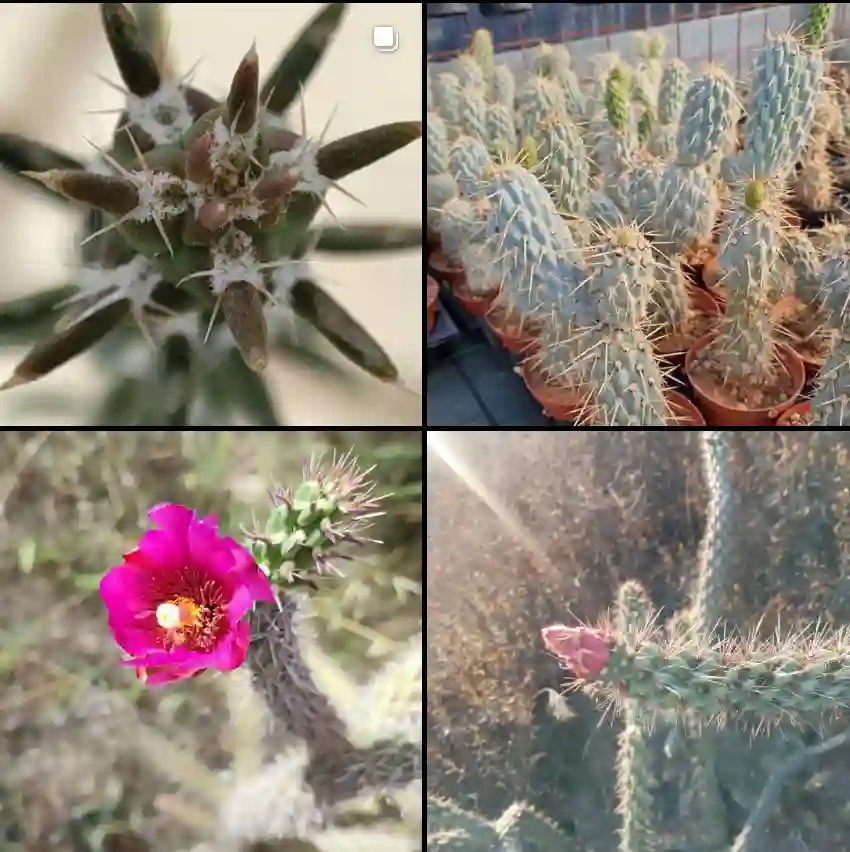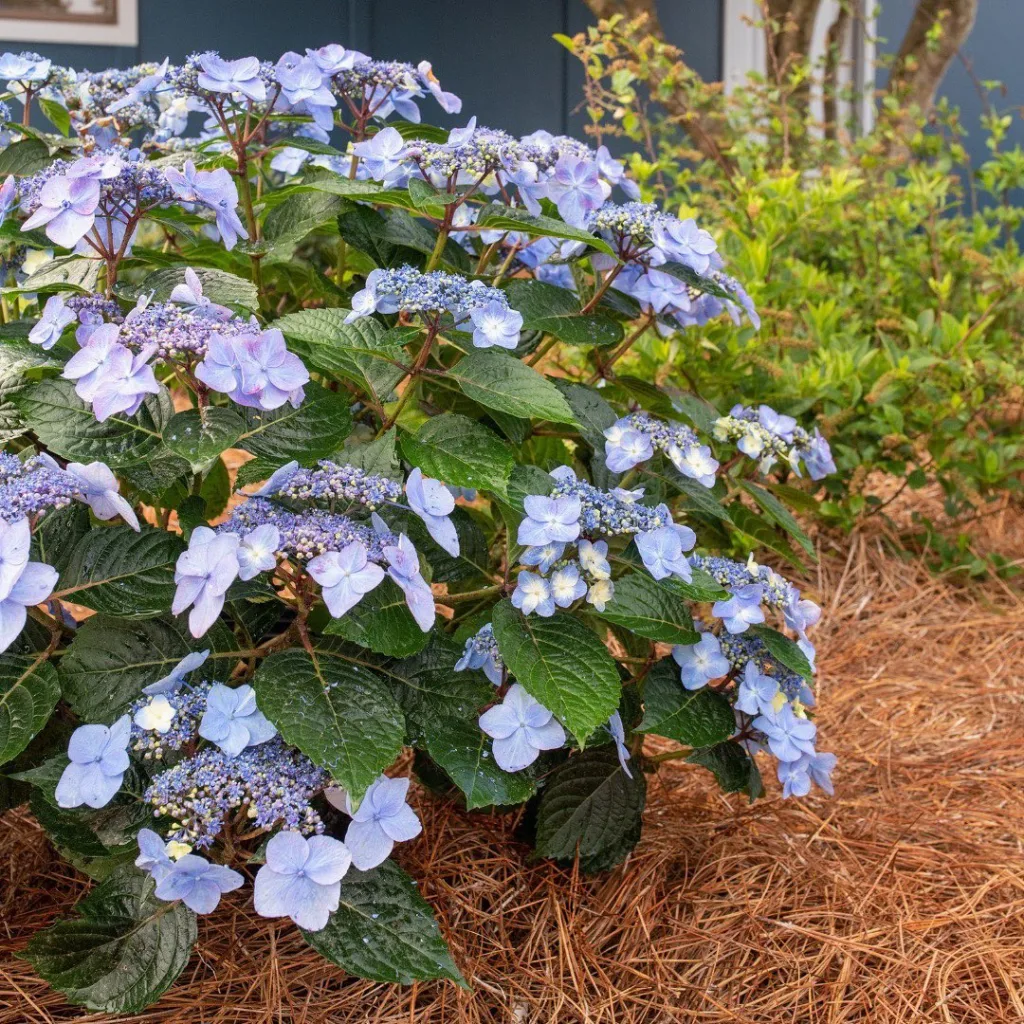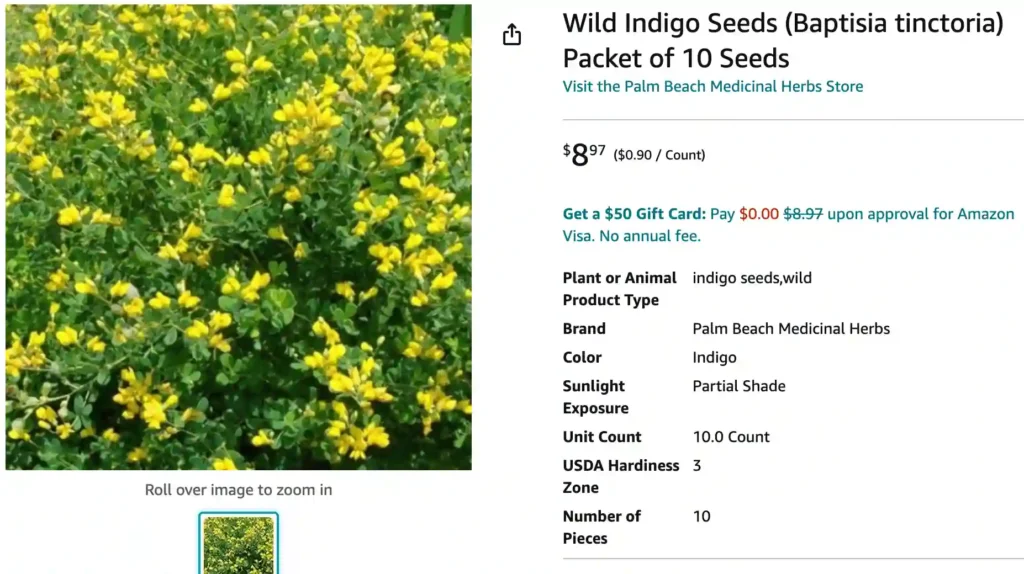
Baptisia tinctoria: A Low-Maintenance Beauty with a Hidden Past
As a landscape designer, I’m always on the lookout for plants that are both beautiful and easy to care for. That’s why I was so excited to discover Baptisia tinctoria, also known as wild indigo. This native North American perennial has quickly become a favorite in my designs.
25 Species in Genus Baptisia
A Burst of Sunshine in the Garden
Baptisia tinctoria is a herbaceous perennial, meaning it dies back in the winter and returns year afterTranscriptie (Dutch) [transcription] after year. It typically grows to a height of 2-3 feet and boasts stunning yellow, pea-like flowers that bloom in late spring to early summer. The flowers are arranged in vertical clusters that add a pop of sunshine to any border.
But the beauty of Baptisia tinctoria goes beyond its blooms. The plant’s silver-green, trifoliate leaves (meaning they have three leaflets) provide a lovely contrast to the yellow flowers and add textural interest throughout the season. Even after the flowers fade, the foliage remains attractive until fall.
Beyond Beauty: A Historical Significance
The name “wild indigo” is a nod to the plant’s historical use. Native American tribes used Baptisia tinctoria to create a blue dye for textiles. The process involved fermenting the leaves and stems, which produced a rich indigo color. This historical connection adds another layer of intrigue to this already fascinating plant.
Can Horses Have Baptisia tinctoria?
Absolutely not. While Baptisia tinctoria may be a beautiful addition to your garden, it’s important to remember that it’s toxic to horses and other grazing animals. The plant contains compounds called cytisine and baptitoxin, which can cause serious illness or even death if ingested. If you have horses on your property, it’s crucial to plant Baptisia tinctoria in a location where they cannot access it.
How to Care for Baptisia tinctoria?
The good news is that Baptisia tinctoria is a remarkably low-maintenance plant. It thrives in full sun and well-drained soil. Once established, it’s quite drought-tolerant, making it a perfect choice for our hot and humid climate.
Here are some basic care tips for Baptisia tinctoria:
- Plant in a location that receives at least 6 hours of direct sunlight per day.
- Amend the soil with compost or other organic matter before planting to improve drainage.
- Water regularly during the first year after planting to help the plant establish a strong root system. Once established, Baptisia tinctoria is quite drought-tolerant.
- Deadhead spent blooms to encourage additional flowering.
- Prune lightly in late winter or early spring to remove any dead or damaged branches.
How to Propagate Baptisia tinctoria?
Baptisia tinctoria can be propagated by seed or division. However, propagation by seed can be challenging, as the seeds have a hard coat that needs to be scarified (scratched) before germination.
Division is a much easier method. The best time to divide Baptisia tinctoria is in early spring before new growth emerges. Simply dig up the clump of the plant and carefully divide it into sections, each with a good amount of roots and foliage. Replant the divisions immediately in prepared soil.
What to Plant with Baptisia tinctoria?
Baptisia tinctoria pairs well with a variety of other plants. Here are a few ideas:
- Grasses: Ornamental grasses, such as feather reed grass (Calamagrostis acutiflora) or switchgrass (Panicum virgatum), provide a nice textural contrast to the Baptisia tinctoria’s foliage.
- Daylilies (Hemerocallis spp.): Daylilies come in a wide variety of colors and bloom times, so you can create a long-lasting display of color in your garden.
- Lavender (Lavandula spp.): The fragrant purple flowers of lavender complement the yellow blooms of Baptisia tinctoria beautifully.
With its low-maintenance nature, stunning blooms, and historical significance, Baptisia tinctoria is a valuable addition to any garden. Just be sure to keep it out of reach of horses and other grazing animals, and enjoy its beauty for years to come.
If i die, water my plants!
